UX hiring is not easy, even for a company full of UX recruiters.
How we used our own experience to create a new tool that finds the right UX role for your needs.

It’s no secret UX is a vital ingredient in today’s most successful companies. UX professionals bring an ability to positively influence and enhance the way humans engage with your business’ products or services. While it’s an exciting prospect, hiring UX talent can be daunting because it’s a broad discipline that combines a range of skills. If you need UX, where do you start?
Our product team was faced with this question just last year, as we looked to expand our UX practice. We interviewed several qualified candidates, but something still seemed to be missing. Why was that?
First, it’s important for any hiring manager to consider what their team needs. What gap is this person filling? What will they deliver? It turned out we needed a UX designer that complemented our product design capacity. This hire needed to be a great critical thinker, but also comfortable executing on upstream discovery tasks such as user research, data analysis, user flow diagramming, and journey mapping. Sounds good, right? Then why did we find ourselves interviewing so many candidates with a wide variety of competency levels?
Once you know what you need, the challenge then becomes finding the right person to deliver on that need. You might spend hours aligning expectations of the role with the variety of UX skills one might possess. To more quickly and easily arrive at a target profile of the “right” UX talent for our team, we broke the discipline into six categories: research, strategy, creation, style, content management, and leadership. Then, we plotted ten blocks across these categories, placing a greater number of blocks in the categories where we had a greater need. This helped us visualize the capabilities of our ideal candidate.
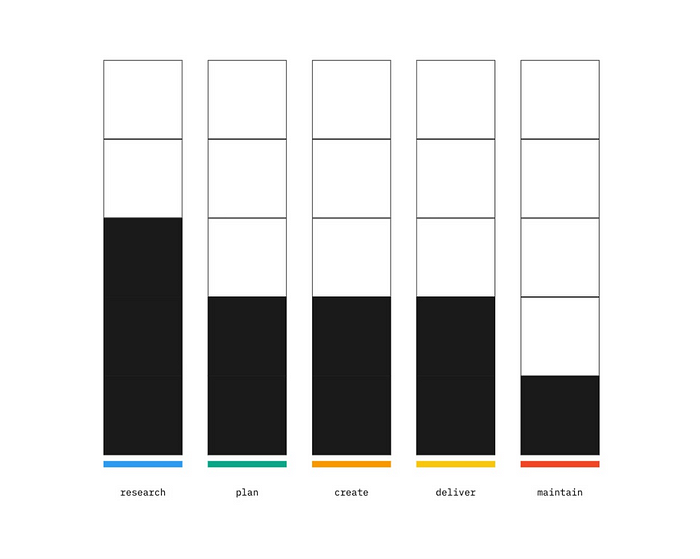
We began screening candidates with a similar exercise. We made it clear that we appreciated that they had a certain level of experience in all six categories (they are professionals after all). However, we asked that they plot their level of confidence and competency in each category in the same way we had for our needs — using more blocks to indicate categories where they were more skilled.
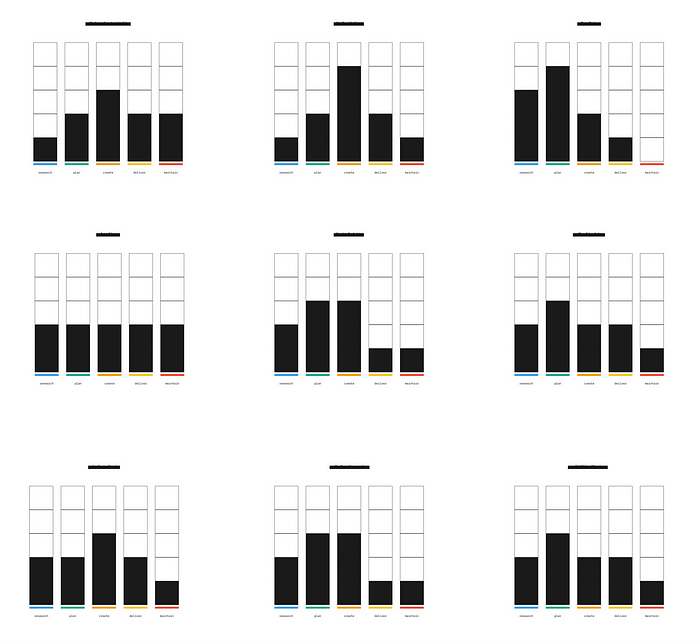
The results were eye-opening. Look at how different UX designers can be. This vastly improved the speed and accuracy of our vetting process. It allowed us to focus time and effort on interviewing and pursuing candidates more suited for our specific UX role. When we revisit the profile of the individual we hired, it’s no wonder they were such a successful hire.
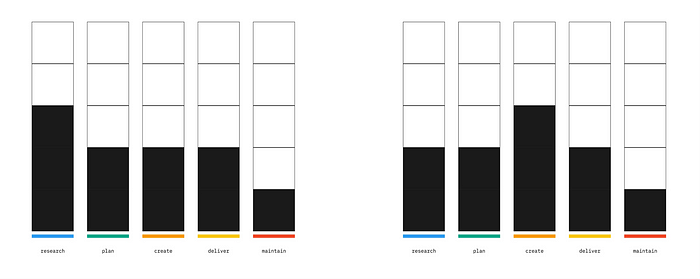
Aquent places hundreds of UX talent each year, and in doing so, we’ve found this particular challenge isn’t unique to us. Our clients face similar challenges when hiring UX talent. This inspired us to turn our needs-assessment process into a tool that could be used by our clients and Aquent recruiters. Meet Aquent Persona.
With the help of our network of experts, we built a testable prototype, validated the idea, and are now sharing it with the world. And since building, testing, and validating are at the heart of UX, we’ll continue to evolve this tool as well.
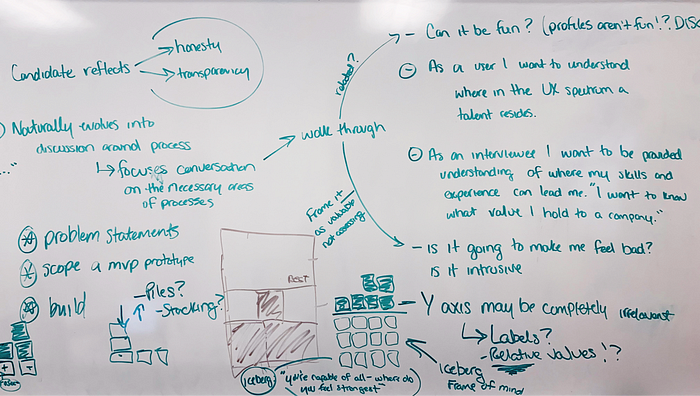
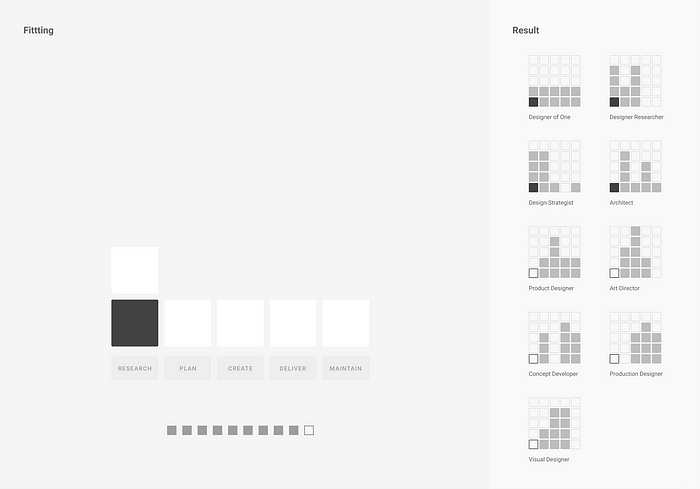

Whether you need to hire for your team, identify a skill gap, or get aligned on expectations for a role, we believe Persona can help. Try it out.
